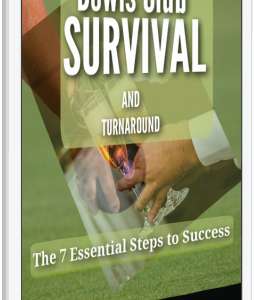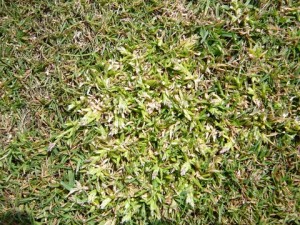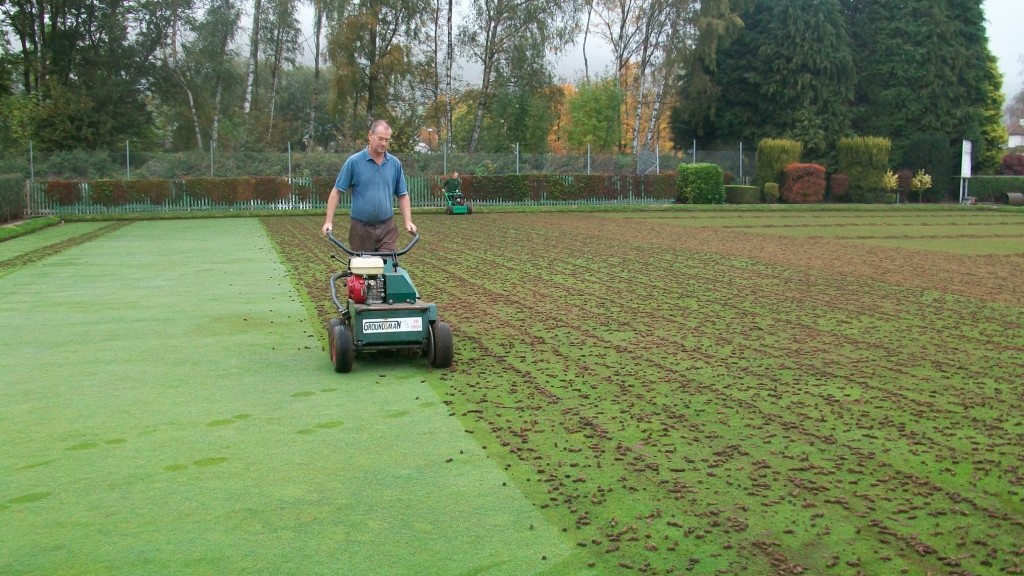
I had an interesting conversation with a bowling club official last night that focussed mainly, not on the green for a change, but the club turnaround process that she hopes to take her club through starting soon. Yesterdays post of course, emphasised the urgency of getting started on any project of this nature in the middle of the bowling season; so it was quite fortuitous that this was fresh in my mind, because she asked me a direct question which went some thing like this:
“John. If you were to lead the turnaround of my club, what would you do first and then how would the project pan out after that?”
She was looking for a step by step plan of course that she could apply to her situation.
My answer was emphatic, clear…and mercenary:
Step 1: buy my eBook: Bowling Club Survival and Turnaround; its under a tenner if you are a member of the Bowls Club Mastermind Network and it spells out in 7 easy steps what to do and exactly how to do it.
I was then slightly embarrassed when she said she already had the eBook and that she had read it cover to cover, several times and had made copious notes and was absolutely 100% convinced that it contained the answer to her club’s problems.
The trouble is that she is still having trouble getting what she called “buy in” from the rest of the committee of the club.
“They just can’t accept that decades of slippage, accompanied by the most unpredictable recession in a century, the smoking ban, the cost of living, the general reduction in interest in bowling etc etc could possibly be turned around, let alone by some eBook or other!”
BINGO! I said, that’s it! They are absolutely correct; it can’t be!
Confused looks ensued!
You see my eBook is a series of thoughts, of ideas, of recommendations of which I am convinced, but an eBook alone cannot possibly help your club to get out of its current mess and secure a bright future.
So Step 3 is to implement what you have read in the eBook and that means ACTION!
Step 2 by the way, in case you are wondering, is NOT to tell anyone that you have a new eBook by some geezer on the internet that is going to work miracles for the club!
And that is because it is the enthusiasm of a leader like you; a leader who steps up in a time of crisis, a leader armed with the correct plan and convinced that success is only a bit of blood, sweat and tears away that turns clubs around.
Bowling Club Survival and Turnaround is only the blueprint; it needs an inspired leader to drive home the value of its contents.
There is one such leader tucked away in every club I have ever visited!




